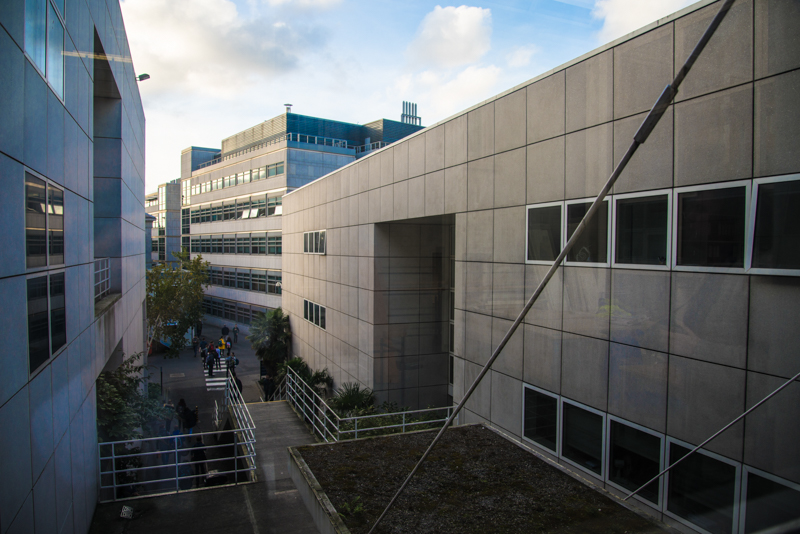Trinity geneticists, with the help of other Irish researchers, have discovered that intensive selective breeding over the last 200 years and high extinction rates among wild goats have reduced the genetic diversity of domestic goats.
As part of a team that included researchers from University College Cork (UCC), Dublin City University (DCU) and the Old Irish Goat Society, the Trinity geneticists explored and compared the genetic links between modern-day domestic goats and the museum specimens of older goats.
The landmark study saw mitochondrial DNA of nine modern samples analysed alongside 15 taxidermy samples. The analysis of the latter samples revealed that these goats had created two distinct genetic groups, separating them from other European breeds. None of the modern Irish breeds sampled had any genetic links to the two groups, however, showing a decline in genetic diversity of the Irish goat population.
The current research is the first time that taxidermy samples have been used in the research of livestock genetics.
In a press release, Lara Cassidy, a researcher in Trinity’s School of Genetics and Microbiology, said: “There is an amazing wealth of genetic information locked away in taxidermic collections of animals that were – and still are – important for agricultural reasons. As such these collections are invaluable in helping us study the population history of these domesticated animals.”
“Studying these specimens”, she said, and comparing them with modern-day animals “also helps to pinpoint existing populations that have retained some of the past genetic diversity, much of which has been lost to industrialised breeding. Retaining this diversity as an option for future breeding is very important”.
Some of these populations, she warned, are being pushed to extinction.
This study has highlighted an endangered feral herd that reside in Mulranny, Co Mayo, where a genetic similarity has been discovered between these goats and the extinct “Old Goat” populations that date back to the 1800s and lived on the Isle of Skye. These Mayo goats, then, can be considered the last remaining “Old Irish” goats. These populations were once common sights across Britain and Ireland, but have today been largely replaced by Swiss breeds, with “Old Goats” now only found in small, feral herds – their existence is currently under threat from the loss of their habitat, as well as culling and extensive inter-breeding with Swiss-bred flocks.
In a press release, Dr Valeria Mattiangeli, one of the group’s lead researchers, commented that their work “highlights the impact that transportation and mass importation of continental breeds has had on Ireland’s goat populations, and underlines how selective breeding for agricultural purposes can impact the genetic diversity of animals”.
Sean Carolan of the Old Irish Goat Society said in a press release that: “We hope this study will play a key role in saving what was and still is a diminutive creature that is both resilient and charismatic and that represents our cultural and pastoral history.”







